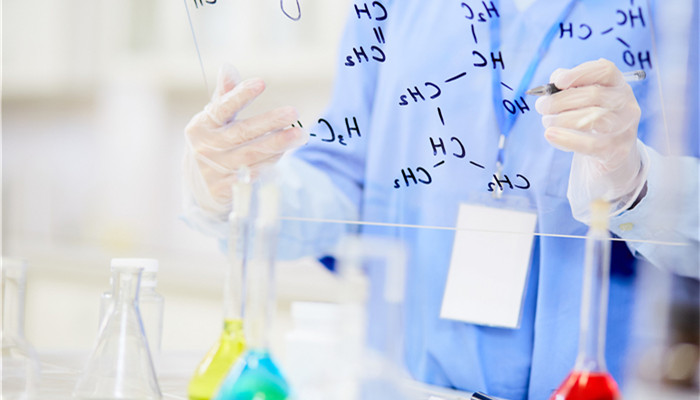
The scale of the biopreservatives market continues to expand, and my country’s industry is highly concentrated
Biological preservatives refer to a type of highly effective preservatives obtained from organisms through biological culture, extraction and separation technology. Biological preservatives have the advantages of being green, environmentally friendly, safe and efficient, and having a wide applicable pH range. They are widely used in food preservatives, cosmetics preservatives and other fields. According to different base materials, biopreservatives can be divided into fermentation product biopreservatives, enzyme biopreservatives, plant extract biopreservatives, microbial surface biopreservatives, etc.
The sources of biological preservatives include microorganisms, animals and plants. Microorganisms are the main source of biological preservatives. Commonly used biological preservatives such as natamycin, nisin, and kojic acid are all produced using microbial fermentation. Plant sources mainly include rosemary extract, clove extract, ginger extract, Tea polyphenols, bamboo leaf extract, cinnamon extract, etc., the above-mentioned products all have bactericidal and antibacterial effects.
ε-Polylysine (ε-PL) is a representative product of biological preservatives. It is a polylysine derivative and has the advantages of broad antibacterial spectrum, good safety, good thermal stability, and good water solubility. The ε-polylysine production capacity is mainly concentrated in Japan, and the Japanese CHISSO Company is the world’s largest ε-polylysine manufacturer. At present, due to factors such as high technical barriers and high production costs, ε-polylysine has not yet achieved large-scale application in my country, and its market share is low.
The fields of food preservatives and cosmetics preservatives are the largest demand side for biological preservatives. In the field of food preservatives, biological preservatives can be used to process cakes, meats, dairy products, juices, etc., and can effectively inhibit the production of mycotoxins; in the field of cosmetics, biological preservatives have the advantages of being non-toxic, harmless, and free of secondary pollution. , can extend the shelf life of cosmetics and inhibit the production of Gram-negative bacteria, Gram-positive bacteria, Cryptococcus neoformans and Candida albicans. As the concept of green environmental protection continues to deepen, the prosperity of the biopreservative industry continues to increase. According to the “2023-2028 China Biopreservatives Industry Market In-depth Research and Development Prospects Forecast Report released by the Industrial Research Center, The global biopreservative market size will reach 410 million yuan in 2022, a year-on-year growth of 7.7%.
The major global manufacturers of biopreservatives include DSM of the Netherlands, DuPont of the United States, Kerry Group of Ireland, etc. In terms of the local market, my country’s biopreservative industry is highly concentrated. Shengda Biotech, Huahai Biotech, and Freda Biotech are the major biopreservative manufacturers in my country. Their independently produced natamycin accounts for nearly 40% of the Chinese market. share.
Industry analysts said that the demand for biological preservatives in the food and cosmetics fields is strong. In the future, as the development of downstream industries accelerates, its market space will will be further expanded. ε-Polylysine is a representative product of biological preservatives. It has excellent performance and a wide range of applications. In the future, with the improvement of independent research and development capabilities of local enterprises, my country’s ε-Polylysine market share will increase, which will Provide favorable conditions for the development of the biopreservative industry.

 微信扫一扫打赏
微信扫一扫打赏

